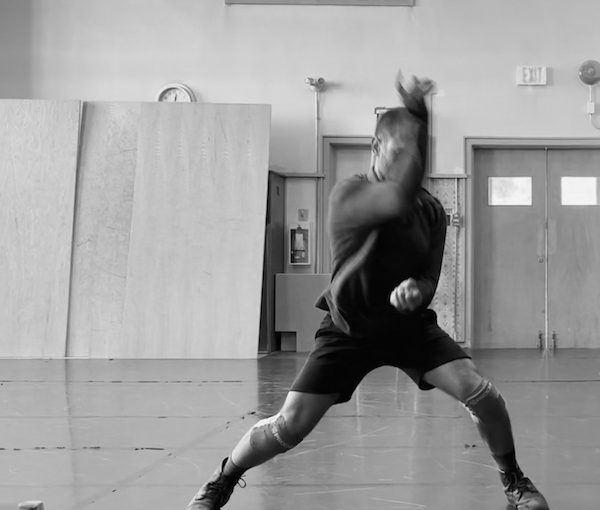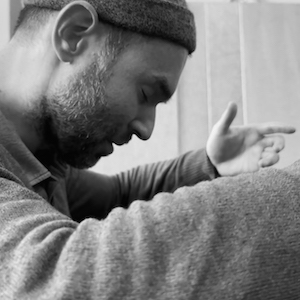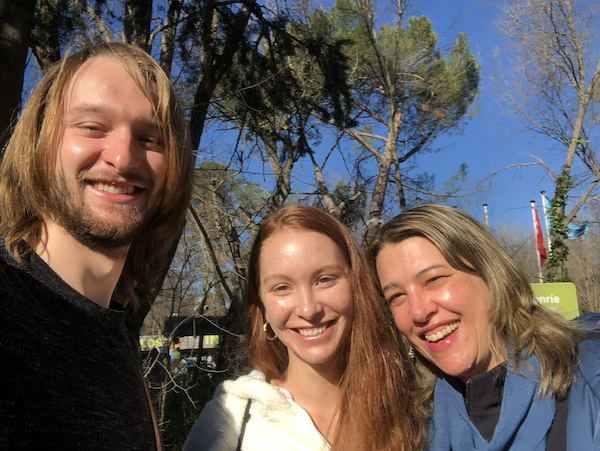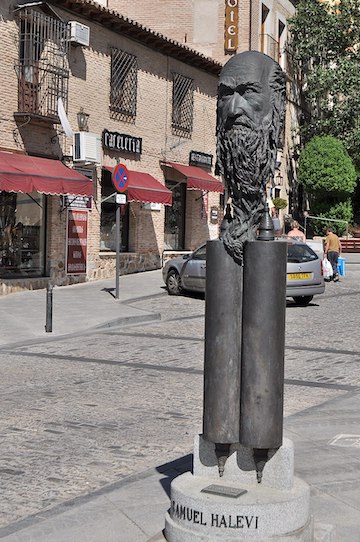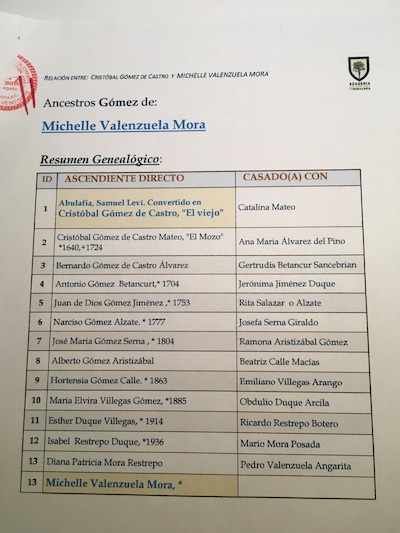The new historical novel by Vancouver writer David Spaner, Keefer Street, is as much about the idea of Keefer Street as it about the real East Vancouver avenue. This is appropriate, because the book is a reflection on the Spanish Civil War and its Canadian, especially its Jewish, volunteers. For the dead and the survivors, the war was a living hell. But for the survivors and anyone else with a direct or inherited memory of the 1936-39 conflagration, it is an idea. It has been called the Last Great Cause – and that is the underpinning of Spaner’s story.
Spaner takes part in the Feb. 26 JCC Jewish Book Festival event Jewish Fiction from Western Canada, in which Saskatchewan writer Dave Margoshes (A Simple Carpenter) is also featured.
 Keefer Street toggles back and forth between the Spanish Civil War and a 1986 reunion of fighters and hangers-on (with occasional detours to family vignettes in other eras and areas). The storyline follows veterans of the Mackenzie-Papineau Battalion, the ragtag Canadian volunteers who made their way to Spain in direct defiance of their own government, joining American volunteers of the Abraham Lincoln Battalion, as well as French, Poles and others signing on in a pre-Second World War proxy against Hitler and Mussolini and their Spanish incarnation, Francisco Franco.
Keefer Street toggles back and forth between the Spanish Civil War and a 1986 reunion of fighters and hangers-on (with occasional detours to family vignettes in other eras and areas). The storyline follows veterans of the Mackenzie-Papineau Battalion, the ragtag Canadian volunteers who made their way to Spain in direct defiance of their own government, joining American volunteers of the Abraham Lincoln Battalion, as well as French, Poles and others signing on in a pre-Second World War proxy against Hitler and Mussolini and their Spanish incarnation, Francisco Franco.
The narrator, Jake Feldman (later Jack Fields), is a Mac-Pap from the neighbourhood – that is, the Strathcona area of East Vancouver, specifically Keefer Street, where waves of immigrants have planted their first roots in Canada. By the time we join Feldman’s spirited (if predictably stereotypical) Jewish family, Strathcona’s Jews have already begun moving to the Oak Street corridor and its environs, but the Jewish element remains prominent among the multicultural milieu of the area.
Spaner, who has written extensively about Vancouver’s left-wing (see Solidarity: Canada’s Unknown Revolution of 1983, jewishindependent.ca/history-of-left-coast), list-ticks a raft of momentous and minor Vancouver signposts and events, including Stanley Park’s hollow tree, the Sylvia Hotel’s Jewish roots, the lost, lamented Woodward’s flagship department store, Theatre Under the Stars (still going), Eastside firebrand Rose Barrett and her boy Dave, the Carnegie Library turned Downtown Eastside community centre, and the blacklisted singer Paul Robeson singing at the Peace Arch for binational audiences.
Obscure local trivia is also tucked into the pages. The Industrial Workers of the World got their nickname Wobblies here in Vancouver. David Oppenheimer, Bavarian Jew, became the city’s second mayor and has an eponymous park in the Downtown Eastside where the fictional Feldman family frolics. Local gal Sadya Marcowitz became Mary Livingstone and married Jack Benny, going on to become a major radio star.
More momentous local events are introduced, including the On-to-Ottawa Trek, the 1935 Ballantyne Pier riots and the upheaval around the visit of the Nazi warship Karlsbad earlier that year.
The life of Jake/Jack takes on a bit of a Forrest Gump feel with his uncanny ability to be in the right place at the right time, such as when he just happens to be watching an amateur baseball game in Toronto when Nazis descend in what we know now as the infamous antisemitic (and anti-antisemitic counteroffensive) Christie Pits riots.
Keefer Street is sometimes a didactic (perhaps necessarily, given the times) 101 on antisemitism in Canada, including Toronto’s Swastika Club and Quebec’s philo-fascist Adrien Arcand.
The flashbacks feature the parents’ hardscrabble migrant experience and their engagement in the shmata and fur trades, as well as the moderately idyllic life of Vancouver kids and teens in the 1930s. Apparently before the advent of Netflix, something called “shooting pool” was a popular pastime.
Hindsight allows Jake to reflect on the legal proscriptions against enlisting with a foreign militia, then the social ostracism on their return due to the associations of Spanish partisans with communism, then McCarthyism, then the apathy and ignorance of the Me Generation and its aftermaths, in which successive generations don’t know the role the Spanish Civil War or its belligerents played in 20th-century history.
The 1986 reunion allows for the exploration of the emotions of former fighters, wondering what their impacts were and what their lives have become.
Jews played a major role in the Spanish Civil War, as Keefer Street’s central protagonists demonstrate. This was understandable as a first military salvo against fascism, but Spaner illuminates another massive historical consonance that may be overlooked.
“Along with everything else the Civil War stood for, it meant a Jewish return to Spain after centuries in exile,” says one of the characters at the reunion. “During the Spanish Inquisition of the 15th century, the country’s considerable Jewish population, though it had lived there for eons, was given the choice of conversion or expulsion. Many were expelled. In the 1930s, Jews returned to Spain, volunteering in disproportionately large numbers – over half of the American nurses, for instance, from a country three-point-something percent Jewish. One personal note. In 1937, I crossed the same ocean going to Europe that my parents had fled across, coming from Europe just a generation earlier. My parents fled the barbarism of pogroms, inquisitions. I came back to fight it.”
Says Spaner through his character Jake: “Funny how a short time can define a lifetime. For a lot of the volunteers, the Spanish Civil War years are the big memory but, when you think about it, the war lasted less than three years. I was there about a year-and-a-half and so much of it’s a blur.”
The JCC Jewish Book Festival runs Feb. 22-27. For tickets and the full schedule, visit jccgv.com/jewish-book-festival.


